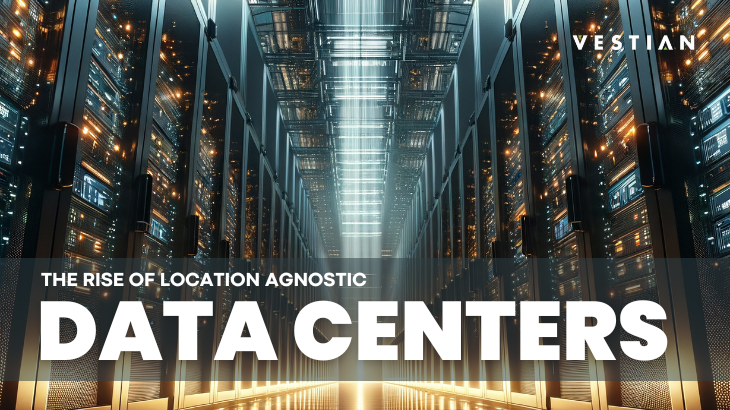Advancements in technology is fuelling the shift towards location-agnostic data center construction, opening up previously unviable territories for infrastructure development.
One of the primary technological innovations enabling this shift is advancements in cooling systems. Traditional cooling methods, which rely heavily on local climate conditions, are not feasible in hot, arid, or tropical regions. However, new cooling technologies, such as liquid immersion and direct-to-chip cooling, are much more efficient and less dependent on external temperature, making data center construction viable in previously unsuitable climates.
Renewable energy sources like solar and wind energy, coupled with battery storage systems, can provide reliable, sustainable power in off-grid areas. This not only expands the potential locations for data centers but also aligns with the industry’s growing commitment to reducing carbon emissions and promoting green energy solutions.
Furthermore, advances in modular and prefabricated construction methods are particularly beneficial in areas with difficult access or limited construction windows due to weather conditions. It also enables scalability, allowing data centers to start small and expand as demand grows, which is ideal for testing the viability of unconventional locations.
Artificial intelligence (AI) and machine learning (ML) are also instrumental in optimizing data center operations in challenging environments. These technologies can predict and manage workload distribution, energy consumption, and cooling needs more efficiently than ever before. By leveraging AI and ML, data centers can operate optimally, regardless of their geographical location.
Improved connectivity solutions, such as satellite internet and advances in fiber-optic technology, are bridging the gap between remote data centers and the global network.
In regions like the Middle East, companies are leveraging these technological advancements to overcome local climate challenges. STC Solutions in Saudi Arabia, for example, incorporates AI not only in operational efficiency but also in the design phase, creating data centers that are both efficient and sustainable. AI-driven generative design allows for the exploration of numerous design possibilities, taking into account factors such as airflow, thermal management, and energy consumption to achieve optimal configurations. Furthermore, AI is used to enhance the resilience of data centers through predictive analytics for cooling systems and maintenance, ensuring they can withstand the rigors of warmer climates. The Dubai Data Center operated by Equinix serves as an example of employing AI for predictive analytics to fine-tune its cooling systems. This allows for adjustments on-the-fly, managing workload spikes efficiently, thereby lowering energy use and operational expenses. Such strategies ensure rapid response capabilities to unforeseen challenges, guaranteeing continuous operation even under extreme weather conditions.
As the global demand for data continues to surge, the integration of these technological innovations into data center design and operations is not just advantageous but essential. The ability to build and operate efficient, sustainable data centers in diverse environments marks a significant advancement in our technological capabilities, ensuring that the infrastructure underpinning the digital world is both robust and adaptable to the challenges of the future.
